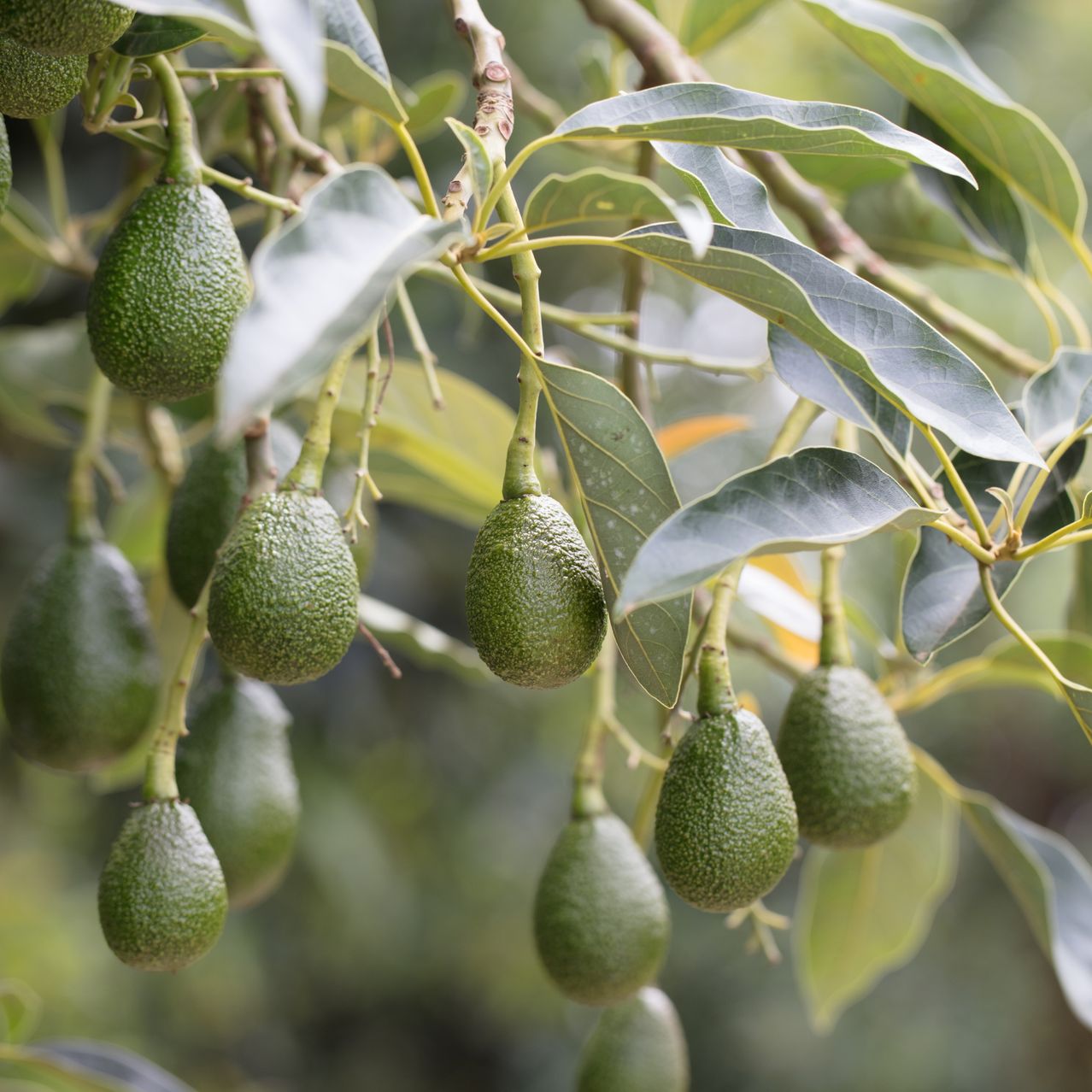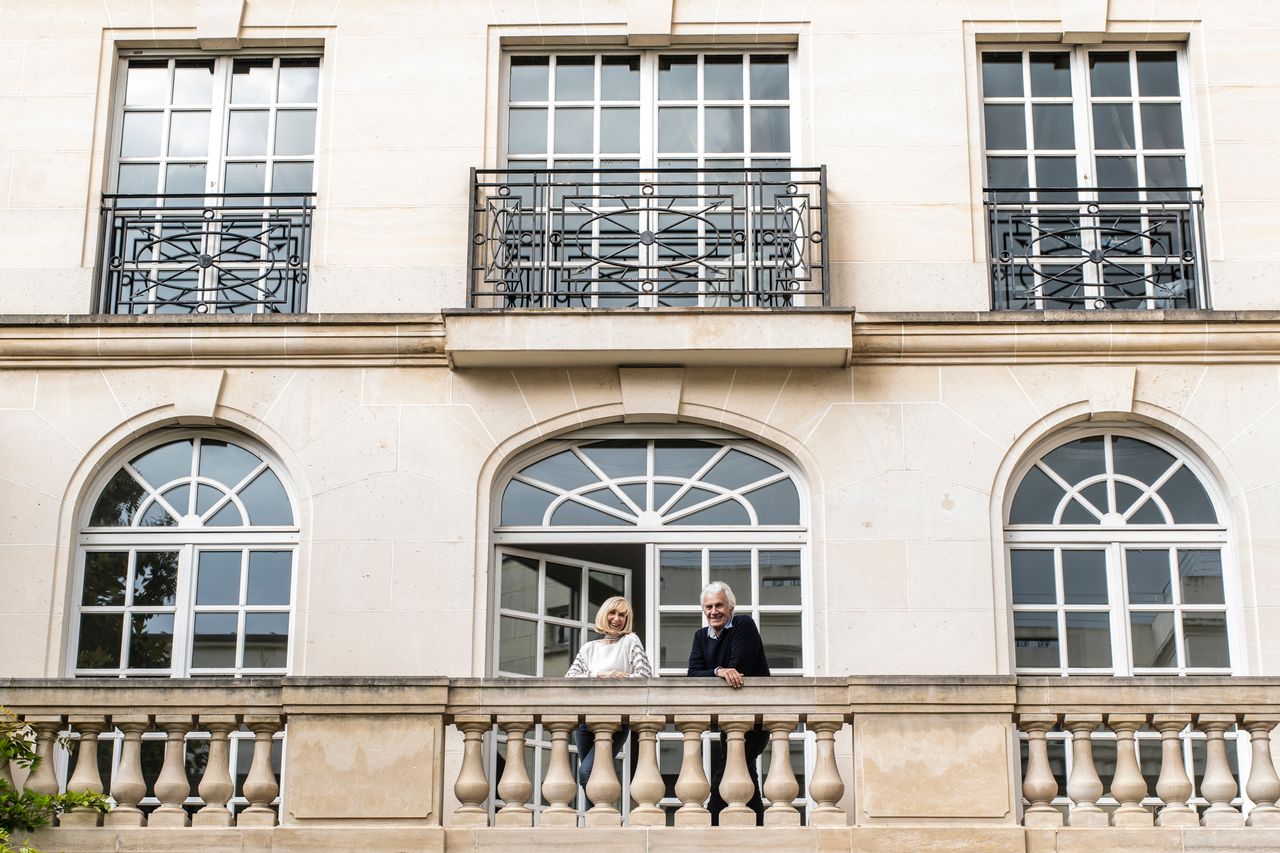We Gave The World Avocado Toast, Now Australia Has Too Many Avocados
A glut has the nation rethinking ways to serve the green fruit.
Suzanne James has big dreams for one of her favourite fruits.
Avocado smoothies. Avocado cake. Avocado chocolate mousse. She tried the avocado pickle recipe—vinegar, chilli, sugar—but her family didn’t love it.
Australia, credited with spreading avocado on toast around the world, is creaking under a mountain of the green, pear-shaped fruit. Farmers in past years had planted thousands of avocado trees to keep up with demand, which, turns out, hasn’t grown nearly as fast as supply.
Prices in Australia are at rock bottom. Some of the fruit is left to rot. Yet the tough times for avocado farmers have yielded a bounty for avocado lovers.
“I don’t remember ever seeing them this cheap,” said Ms. James, a 51-year-old nurse. She used to buy two avocados a week. Now she doesn’t hesitate to buy three or four. Australia’s avocado deflation encourages more culinary experiments at a time when other groceries are getting more expensive.
Average single avocado prices at some Australian grocery stores are down about 30% compared with a few years ago. Grocery chains recently sold avocados for 1 Australian dollar each, equivalent to about 70 cents.
The country’s surplus is by one estimate enough to provide every resident with 22 avocados for the year. An advertising and social-media campaign is trying to persuade residents to eat more of them.
An industry-sponsored contest invited people to post pictures of avocado creations on Instagram and Facebook for a prize of $1,000. Avocado spaghetti, avocado parfait and an avocado face mask were among the winners.
Another competition aimed to find the best avocado toast at the nation’s cafes. And a branded Instagram account sends out new recipes every few days—creations such as grilled avocados and chocolate avocado cupcakes.
“I was a bit sceptical on avocado fries, but I was quickly turned around,” said Stuart Tobin, a creative director at TBWA Sydney, the ad agency that developed the avocado marketing campaign. “They actually got crunchy, but creamy in the middle.”
Mexico is the world’s leading producer and supplies most of the U.S. market. Americans started buying more avocados after seeing 1992 Super Bowl ads that featured guacamole, said Jeff Miller, author of “Avocado: A Global History” and an associate professor of hospitality management at Colorado State University.
“Everybody’s growing them,” Dr. Miller said. “Until fairly recently, they were just like money in the bank,” he added.
In Australia, Bill Granger, owner of a chain of restaurants and cafes, put avocado toast on his menu in the 1990s and got credit for making the dish popular. Avocado toast is now offered at virtually every Australian cafe. (Some amateur food historians wave around references to putting avocado on toast in Australian newspaper articles of the 1920s.)
In 2016, Australian columnist Bernard Salt in a satirical piece wrote that the reason young people couldn’t afford houses was because they were spending their cash on pricey avocado toast, sparking a national debate.
A TV ad during the Tokyo Olympics last year featured comedian Nazeem Hussain discussing how the avocado—which has a green and gold hue similar to the colours of Australia national team jerseys—is the “official, unofficial sponsor of pretty much everything Australian, ever.”
Australian avocado growers aren’t allowed to sell their fruit in the U.S. Even if they could, they would find Mexico a formidable competitor. The growers are trying to sell more to countries in Asia, including Japan.
In a local push, grower Tom Silver, who likes his avocados with a beer, said he has been trying to persuade his cafe and restaurant customers to sell avocado smoothies, which are popular in some Southeast Asian countries.
Mr. Silver said he hasn’t had much luck, maybe because his preferred recipe calls for ice cream. “It’s not particularly healthy,” he said. “The avocado is the most healthy thing in it.”
John Tyas, chief executive of the industry association Avocados Australia, said part of the strategy to sell more avocados is to get consumers to eat avocados not just for breakfast or in summer salads, but also in desserts.
He is investigating another avenue to ease the avocado glut: An attempt at the Guinness World Record for the largest serving of guacamole. The Guinness benchmark is a 3700kg tub of guac made in Mexico.
“We’ve got some ideas about how we might be able to do that, possibly leasing some facilities at a dairy because they’ve got big vats,” he said. “Then we’ve got to find enough people to eat it.”
Reprinted by permission of The Wall Street Journal, Copyright 2021 Dow Jones & Company. Inc. All Rights Reserved Worldwide. Original date of publication: August 23, 2022
 Copyright 2020, Dow Jones & Company, Inc. All Rights Reserved Worldwide. LEARN MORE
Copyright 2020, Dow Jones & Company, Inc. All Rights Reserved Worldwide. LEARN MORE
This stylish family home combines a classic palette and finishes with a flexible floorplan
Just 55 minutes from Sydney, make this your creative getaway located in the majestic Hawkesbury region.
As Paris makes its final preparations for the Olympic games, its residents are busy with their own—packing their suitcases, confirming their reservations, and getting out of town.
Worried about the hordes of crowds and overall chaos the Olympics could bring, Parisians are fleeing the city in droves and inundating resort cities around the country. Hotels and holiday rentals in some of France’s most popular vacation destinations—from the French Riviera in the south to the beaches of Normandy in the north—say they are expecting massive crowds this year in advance of the Olympics. The games will run from July 26-Aug. 1.
“It’s already a major holiday season for us, and beyond that, we have the Olympics,” says Stéphane Personeni, general manager of the Lily of the Valley hotel in Saint Tropez. “People began booking early this year.”
Personeni’s hotel typically has no issues filling its rooms each summer—by May of each year, the luxury hotel typically finds itself completely booked out for the months of July and August. But this year, the 53-room hotel began filling up for summer reservations in February.
“We told our regular guests that everything—hotels, apartments, villas—are going to be hard to find this summer,” Personeni says. His neighbours around Saint Tropez say they’re similarly booked up.
As of March, the online marketplace Gens de Confiance (“Trusted People”), saw a 50% increase in reservations from Parisians seeking vacation rentals outside the capital during the Olympics.
Already, August is a popular vacation time for the French. With a minimum of five weeks of vacation mandated by law, many decide to take the entire month off, renting out villas in beachside destinations for longer periods.
But beyond the typical August travel, the Olympics are having a real impact, says Bertille Marchal, a spokesperson for Gens de Confiance.
“We’ve seen nearly three times more reservations for the dates of the Olympics than the following two weeks,” Marchal says. “The increase is definitely linked to the Olympic Games.”

Getty Images
According to the site, the most sought-out vacation destinations are Morbihan and Loire-Atlantique, a seaside region in the northwest; le Var, a coastal area within the southeast of France along the Côte d’Azur; and the island of Corsica in the Mediterranean.
Meanwhile, the Olympics haven’t necessarily been a boon to foreign tourism in the country. Many tourists who might have otherwise come to France are avoiding it this year in favour of other European capitals. In Paris, demand for stays at high-end hotels has collapsed, with bookings down 50% in July compared to last year, according to UMIH Prestige, which represents hotels charging at least €800 ($865) a night for rooms.
Earlier this year, high-end restaurants and concierges said the Olympics might even be an opportunity to score a hard-get-seat at the city’s fine dining.
In the Occitanie region in southwest France, the overall number of reservations this summer hasn’t changed much from last year, says Vincent Gare, president of the regional tourism committee there.
“But looking further at the numbers, we do see an increase in the clientele coming from the Paris region,” Gare told Le Figaro, noting that the increase in reservations has fallen directly on the dates of the Olympic games.
Michel Barré, a retiree living in Paris’s Le Marais neighbourhood, is one of those opting for the beach rather than the opening ceremony. In January, he booked a stay in Normandy for two weeks.
“Even though it’s a major European capital, Paris is still a small city—it’s a massive effort to host all of these events,” Barré says. “The Olympics are going to be a mess.”
More than anything, he just wants some calm after an event-filled summer in Paris, which just before the Olympics experienced the drama of a snap election called by Macron.
“It’s been a hectic summer here,” he says.

AFP via Getty Images
Parisians—Barré included—feel that the city, by over-catering to its tourists, is driving out many residents.
Parts of the Seine—usually one of the most popular summertime hangout spots —have been closed off for weeks as the city installs bleachers and Olympics signage. In certain neighbourhoods, residents will need to scan a QR code with police to access their own apartments. And from the Olympics to Sept. 8, Paris is nearly doubling the price of transit tickets from €2.15 to €4 per ride.
The city’s clear willingness to capitalise on its tourists has motivated some residents to do the same. In March, the number of active Airbnb listings in Paris reached an all-time high as hosts rushed to list their apartments. Listings grew 40% from the same time last year, according to the company.
With their regular clients taking off, Parisian restaurants and merchants are complaining that business is down.
“Are there any Parisians left in Paris?” Alaine Fontaine, president of the restaurant industry association, told the radio station Franceinfo on Sunday. “For the last three weeks, there haven’t been any here.”
Still, for all the talk of those leaving, there are plenty who have decided to stick around.
Jay Swanson, an American expat and YouTuber, can’t imagine leaving during the Olympics—he secured his tickets to see ping pong and volleyball last year. He’s also less concerned about the crowds and road closures than others, having just put together a series of videos explaining how to navigate Paris during the games.
“It’s been 100 years since the Games came to Paris; when else will we get a chance to host the world like this?” Swanson says. “So many Parisians are leaving and tourism is down, so not only will it be quiet but the only people left will be here for a party.”
This stylish family home combines a classic palette and finishes with a flexible floorplan
Just 55 minutes from Sydney, make this your creative getaway located in the majestic Hawkesbury region.






















